Steph W. from SEOPressor


...help you check your website and tell you exactly how to rank higher?


82
score %
SEO Score

Found us from search engine?
We rank high, you can too.
SEOPressor helps you to optimize your on-page SEO for higher & improved search ranking.
By allysa on January 24, 2017

One of the first and easiest route bloggers went when it comes to monetize their blogs is through displaying ads.
While there’s nothing exactly wrong with making money through ads, another more lucrative alternative is often overlooked, especially to bloggers seek to monetize their blog for the first time.
I’m talking of course, about affiliate marketing.
[bof_display_offer id=8126]
Affiliate marketing is a way more lucrative way to monetize your blog compared to ads and it’s almost as easy. As a bonus point, they are less irritating to your blog visitors if done right.
In this post, you’ll learn how to start affiliate marketing from the very basics down to the available affiliate marketing programs you can join.

Affiliate marketing is a referral-based online marketing system where affiliates promote products and earn commission in the process.
At the very core, affiliate marketing is an online marketing system that’s made out of 3 components:
In this post I will be focusing on how bloggers can become an affiliate partner and start earning commissions by selling other people’s product.
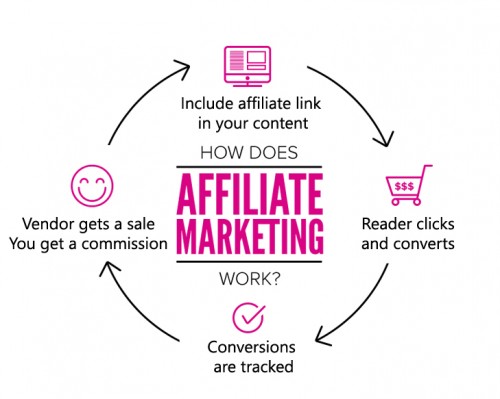
Bloggers can earn money by including affiliate links in their blog contents and getting sales.
What bloggers like you and me have, are contents and people reading them (that’s your readers or audiences). I’m sure that more often than not, we can’t help but to recommend certain products or services when we talk about something.
Talk about traveling? We might recommend a certain place to stay or places to eat. Talk about car care, a specific brand of lubricant or engine oil you trust and use.
Talk about Inbound Marketing, a list of tools to make the whole process easier.
Affiliate marketing is based on this content recommendation system and adding a monetization component to it.
Basically, if you recommend something and that recommendation resulting in your readers purchasing said product or service, you’ll get a cut of each sale. Pretty nifty huh?

Affiliate marketing platform revolves around the unique affiliate link that belongs to you and tracking the sales made through that link.
You might already be asking how does this all work? How does the retailer knows which sale belongs to you? How much sales you’ve accumulated? How is the payout done?
In order to answer that, let’s go through the typical affiliate marketing process:
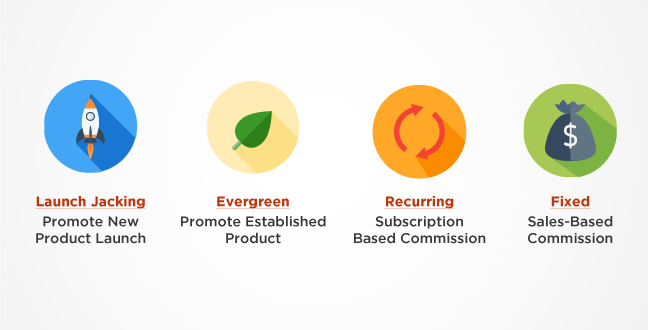
There are different ways and method to do affiliate marketing but these 4 are among the main types you’ll encounter.
There are several types of affiliate schemes that you can opt to promote. Each of these have their own strength and weaknesses and requires a different strategy to execute.
Websites like MunchEye serves as a launch calendar to keep track of incoming launches.
It is also possible for newly launched products to get poor reception and as a result, stop being developed or supported. That’s why it’s advisable to carefully select vendors with good track records.
Now that you’ve registered to an affiliate marketing program of your choice, it’s time to implement them into your blogging process and start earning.
The key here is to include your affiliate link where it is most likely to convince your readers to complete a purchase.
There are several ways of doing this:
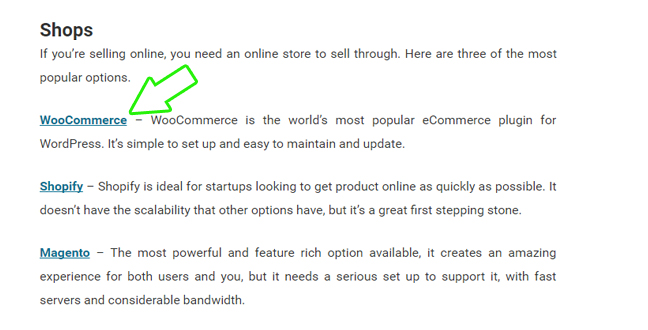
The product you’re promoting might fit in the blog posts you regularly write and can be linked everytime you mention it.
Like what I’ve mentioned earlier in this post, there are times where you naturally recommend certain products in your posts.
When you are talking about blogging for example, you might recommend a few blogging tools to help things out.
In this case, the product is not the focus of the blog post.
You are mainly talking about something else, and the product is linked inside as a supporting point to the main topic.
This technique is called a soft sell – where your recommendation flows organically within your contents.
Soft selling have the advantage of not being irritating to your readers as you aren’t being pushy and there are little pressure involved.
The products are presented as one of the many options available in helping the readers in solving the problem your content are addressing and the readers are free to make their own choice.
This method helps you leverage the power of Inbound Marketing , where you can attract a much wider audience looking for a solution to their problems.
While being a relatively safe method, soft-selling is also a slow sales method. With less pressure and focus, most readers will just be satisfied at your contents and not end up purchasing.
Creating good content and practicing good SEO is the key here in order to get more traffic from search engine as well as social shares.
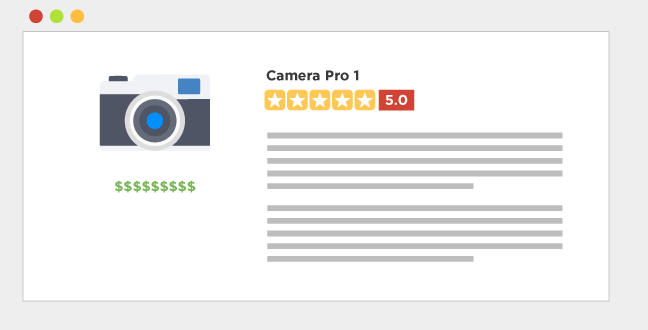
Reviews are a product-centric contents you can use to highlight the products you’re promoting.
A more sales-focused content would be writing a review of the product you’re promoting.
A lot of bloggers write reviews to share with others the products they use, writing in detail about the features and specifications.
A good review is honest and balanced, with pros and cons to help readers decide if a product is suitable to their needs.
You might even do comparison type of reviews, comparing between two or more alternatives.
Readers love to have options and there’s nothing stopping you from promoting and collecting commissions from multiple competing products. In the end, everybody wins!
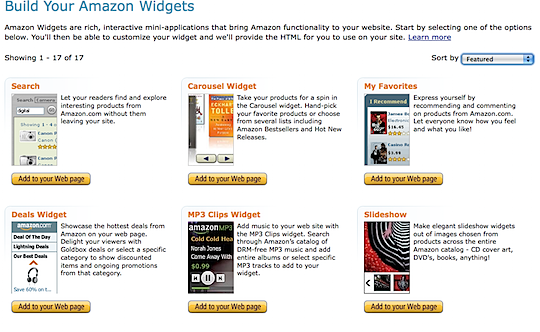
Including a product section on strategic parts of your blog is also an effective strategy to get sales.
Another good way of featuring an affiliated product is by creating “Featured Products” section on your blog.
You can give the section its own page and you can even include them in sidebars or footers of relevant contents.
A featured product section, or also known as affiliate web store, can serve as a non-intrusive way to market affiliate products and provide a way for readers to show support to your blog.
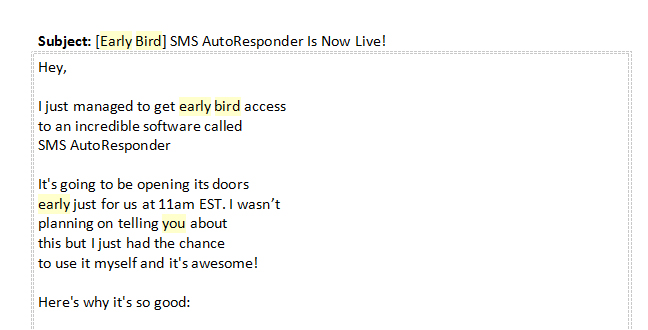
You can also send sales letters to your email subscribers for products that’s useful to them.
Sales letter is another effective way to market affiliate product to your readers.
This method of course, require you to have an email marketing platform set and a list of email subscribers to send sales letters to.
Most marketers use sales letters to announce and promote product launches that’s relevant to their subscriber list.
Marketing through sales letters allows you to directly reach your audience from their email inbox. You can also offer unique and exclusive offers not available to those not subscribed to your list.
With that being said, not everyone in your list likes to receive sales letter so be careful not to overdo it.
For each letter you send, you can expect a small portion of your subscribers to leave your list, so make sure to get new ones faster than you lose the old ones.
There are tons of options available when it comes to choosing which affiliate program you want to partner with.
Different platforms features different network of vendors, products, payment option as well as sales policy but one thing you need to make sure, is to pick a known, trusted and secure platform.
Here, I’ll be personally recommending 5 affiliate marketing platforms I’m familiar with:

JVZoo is a platform mostly joined by internet marketers selling digital products. From software to e-books, most products are sold online so you don’t need to worry about shipping.
JVZoo is a relatively casual platform with less strict rules and simpler procedures. The plus side is that the processes are more straightforward and communication between vendor and affiliate partner is closer and easier.
The downside is that the quality of many products featured in JVZoo can be quite low quality so you need to carefully select good products from vendors with a proven reputation.

Similar to JVZoo, ClickBank also focuses mostly on digital products. But compared to JVZoo, ClickBank is a more established platform with a much wider recognition and market size.
You can expect the average quality of products featured in ClickBank to be of better quality but the market is considerably busier and fast-paced with less interaction between vendor and affiliate.

MunchEye is not exactly an affiliate platform on itself, but serves as a launch calendar, displaying upcoming big launches you can join and prepare before the actual launch.
The great thing with MunchEye is that it feature launches from various affiliate platforms including JVZoo, ClickBank, WarriorPlus and much more so it’s a good place to start looking if you haven’t decided on a main platform to target.

Amazon is a more mainstream platform and you can choose to promote any items sold in the hugely popular e-commerce sites.
As I’ve previously mentioned, most items sold in Amazon are everyday items that’s evergreen and easy to sell.
The commissions are a bit on the low side though, and you’ll earn more if you manage to get sales in bulk.
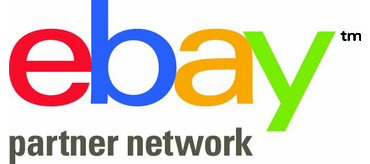
eBay is another e-commerce giant and like Amazon, they too have affiliate program.
You can pick either one that suits your location and audience more. They are quite similar, but with minor differences in some of their policies.
I’ve covered pretty much everything you need to know in starting affiliate internet marketing and start making money out of your blog.
So if you’re keen on the idea, you can start researching on your preferred platforms and study the products, process and vendor reputation.
Once you’ve decided it’s time to start getting affiliate links, add it into your blog and start earning!
Of course, affiliate marketing is only one of many ways you can earn from your blog. If you’d like to learn other ways to do it be sure to check one of my previous post whether you want to sell products or earn passive income from your blog.
Updated: 12 July 2025


Save thousands of dollars (it’s 100x cheaper)

Zero risk of Google penalty (it’s Google-approved)

Boost your rankings (proven by case studies)
Rank High With This Link Strategy
Precise, Simplified, Fast Internal Linking.
